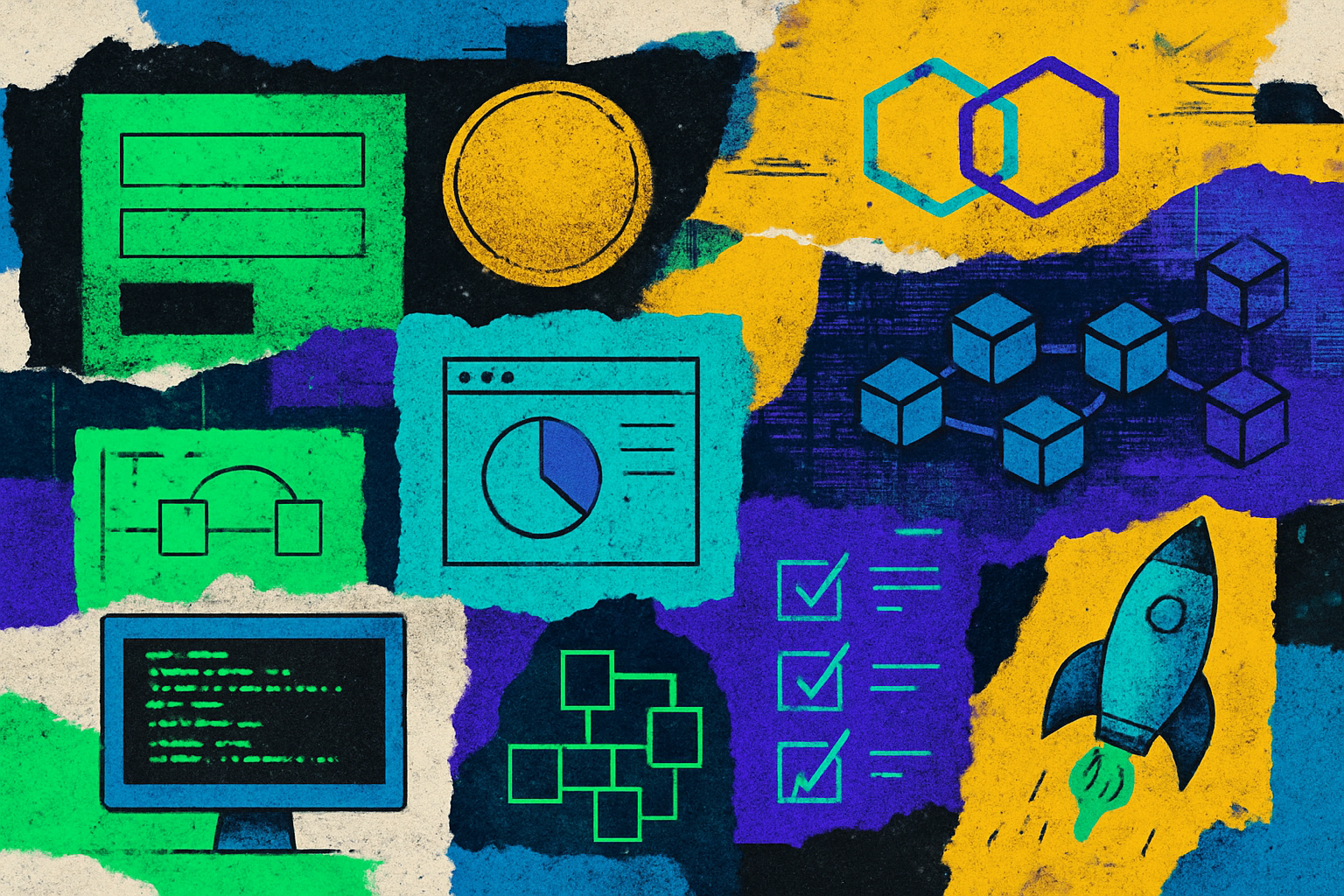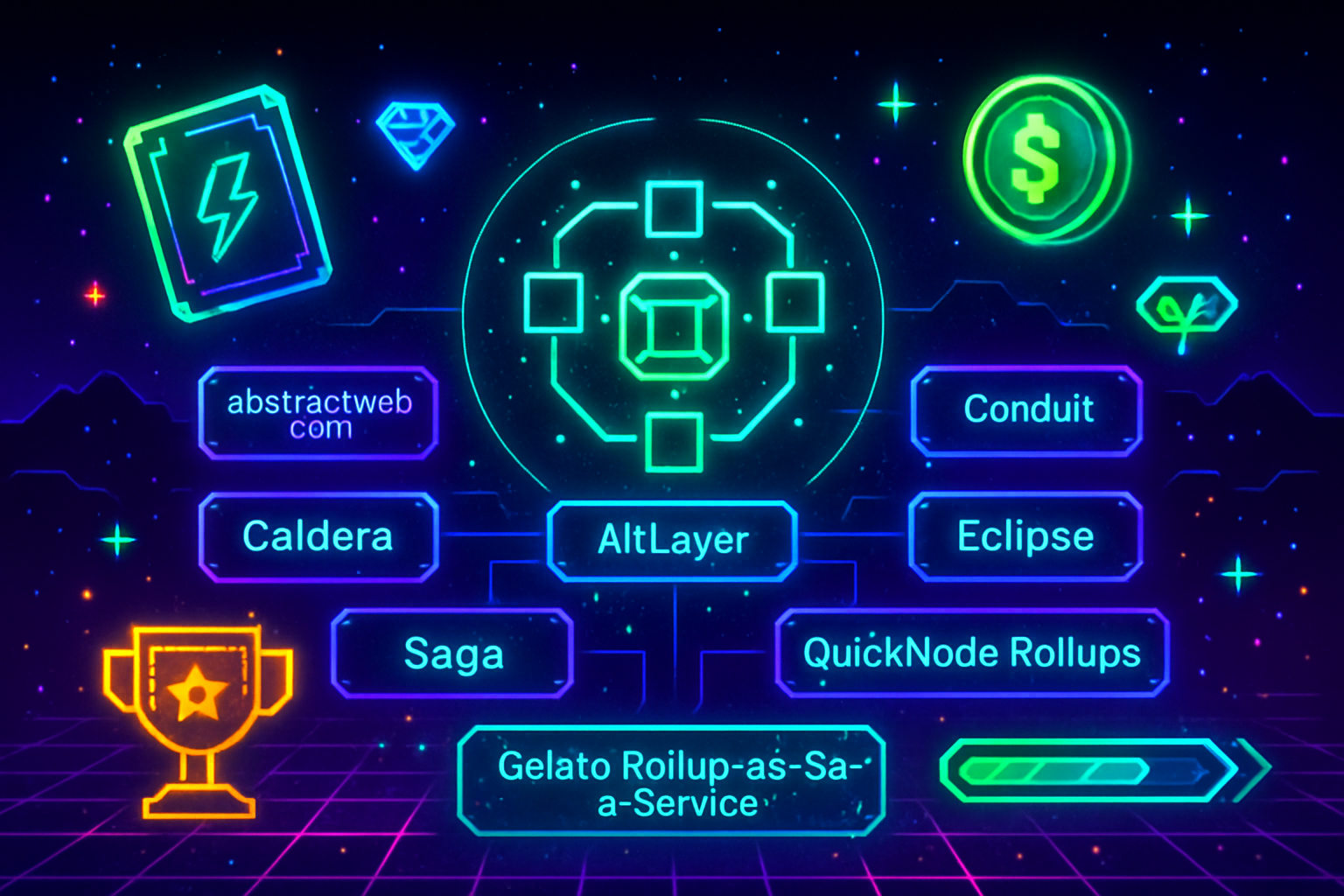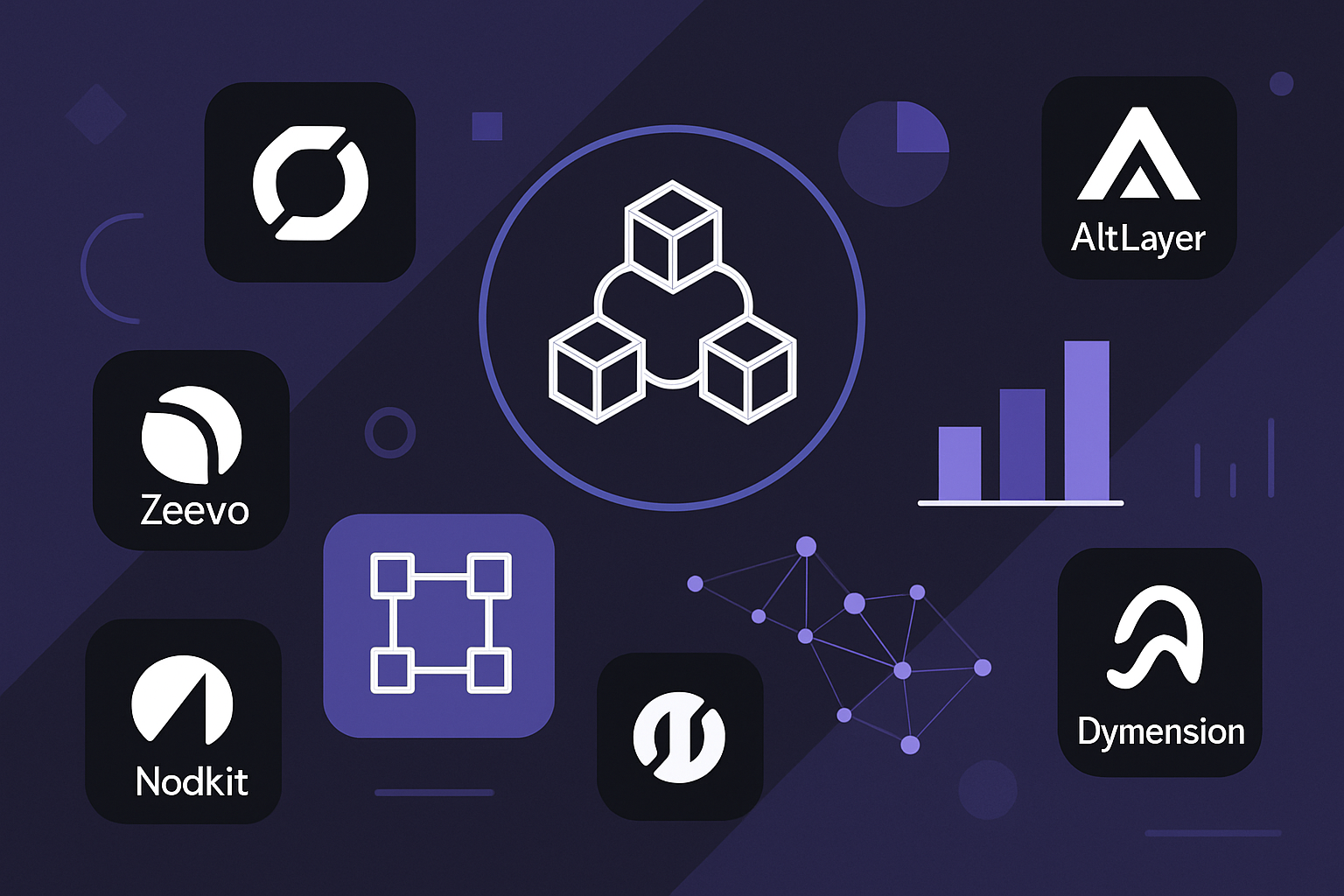
Launching a new appchain is one of the most ambitious moves in the blockchain space today. Yet, too often, promising projects stall at the starting line, facing what’s known as the appchain cold start problem. This trio of challenges, liquidity fragmentation and initial capital inflow, user acquisition and network effects, and validator set bootstrapping, can make or break even the best-designed protocols. Fortunately, Rollup-As-A-Service (RaaS) platforms are rewriting this narrative for next-generation builders.

Liquidity Fragmentation and Initial Capital Inflow: Overcoming the First Hurdle
The first challenge is a classic catch-22: new appchains struggle to attract liquidity because there aren’t enough users or active pools. Without liquidity, traders hesitate to bridge assets over, which in turn stifles DeFi composability and cross-chain activity. This feedback loop can leave an appchain isolated from the wider ecosystem.
RaaS providers are tackling this head-on by integrating cross-chain bridges and liquidity plugins at launch. Instead of waiting for organic capital migration, a process that can take months, projects can now connect directly to established liquidity networks. For example, Tokyo Techie’s RaaS stack includes industry-standard cross-chain bridges that allow new rollups to tap into existing asset pools almost instantly. This not only jumpstarts trading activity but also reassures early adopters that their assets won’t be stranded on an illiquid island.
User Acquisition and Network Effects: Building Momentum from Day One
Even with liquidity in place, an appchain without users is just empty infrastructure. The next cold start barrier is user acquisition and building network effects. Early-stage chains face fierce competition from mature L1s and L2s with established brands and dApp ecosystems. Without a critical mass of users, it’s difficult to sustain activity or attract developers who want their applications seen and used.
This is where RaaS shines as a launchpad for community growth. By offering white-label explorers, integrated faucets for test tokens, and seamless onboarding tools, RaaS platforms lower the barrier to entry for both developers and end-users. Take Tokyo Techie’s white-labeled Block Explorer: it provides instant transparency into ledger activity while integrated Subgraphs deliver real-time smart contract data feeds. These features make it easy for new users to explore, interact with dApps, and feel confident engaging with a novel chain from day one.
Validator Set Bootstrapping and Security Guarantees: Decentralization Without Delay
The final pillar of the cold start problem is validator set bootstrapping. Security is non-negotiable in blockchain, yet deploying a decentralized validator network requires technical know-how, hardware investment, and community trust that few new projects possess out of the gate. If validator participation is low or overly centralized (for example relying on a single sequencer), both security guarantees and ecosystem credibility suffer.
Modern RaaS solutions address this by providing managed infrastructure services right out of the box. Alchemy’s approach includes robust sequencer management with built-in redundancy so that even small teams can launch rollups without sacrificing uptime or decentralization principles. These managed validators not only protect against downtime but also inspire confidence among partners considering integration or collaboration.
By solving validator set bootstrapping, RaaS platforms remove one of the most daunting technical and reputational barriers for new appchains. Teams can focus on refining their protocol’s unique value proposition rather than wrestling with node deployment or monitoring liveness. As a result, decentralization is achievable from day one, not just as a distant roadmap milestone.
The combined effect of these solutions is transformative. Liquidity fragmentation and initial capital inflow are no longer insurmountable obstacles; user acquisition and network effects can be catalyzed with developer-friendly tooling and transparent data access; validator set deployment becomes a solved problem rather than a persistent risk. RaaS platforms like those from Tokyo Techie and Alchemy are setting new standards for what’s possible in the Ethereum appchain ecosystem.
RaaS in Action: Accelerating Appchain Adoption
Recent launches like Puffer UniFi Testnet V2 underscore how integrated RaaS stacks can quickly bootstrap all three pillars, liquidity, users, and validators. By leveraging cross-chain liquidity bridges, streamlined onboarding flows, and managed validator infrastructure, projects can bypass the cold start quagmire that once stifled innovation in this space.
3 Cold Start Challenges for Appchains (with RaaS Examples)
-

Liquidity Fragmentation and Initial Capital Inflow: New appchains often struggle to attract sufficient liquidity from established ecosystems, as users are hesitant to bridge assets without existing pools or incentives. This creates a feedback loop where low liquidity deters further participation and limits DeFi composability.RaaS Example: Tokyo Techie provides industry-standard cross-chain bridges and interoperability tools, enabling rollup chains to access liquidity from major networks and reduce fragmentation.
-

User Acquisition and Network Effects: Early-stage appchains face difficulty onboarding active users due to limited dApps, lack of brand recognition, and competition from mature L1s/L2s. Without a critical mass of users, network effects are weak, making it challenging to sustain activity and growth.RaaS Example: Tokyo Techie offers white-label explorers and integrated Subgraphs, making onboarding easier and providing real-time data access to boost user engagement.
-

Validator Set Bootstrapping and Security Guarantees: Deploying a secure and decentralized validator set is complex for new rollups. Insufficient validator participation can compromise chain security, while reliance on centralized sequencers or permissioned sets can undermine trust and deter ecosystem partners.RaaS Example: Alchemy Rollups-as-a-Service manages sequencer and validator infrastructure, ensuring robust redundancy and security while minimizing downtime for new appchains.
As more developers turn to rollup-as-a-service providers to launch application-specific chains, the cold start problem is being reframed from an existential threat to a manageable checklist. The future of blockchain scalability isn’t just about raw throughput, it’s about removing friction at every stage of growth so that new ideas get their shot on mainnet faster than ever before.
For founders weighing the leap into appchain territory, partnering with an experienced RaaS provider means inheriting proven solutions to the most persistent early-stage problems. The result? More time spent building differentiated products and less energy lost reinventing infrastructure wheels. In today’s hyper-competitive environment, that edge is not just strategic, it’s essential.





